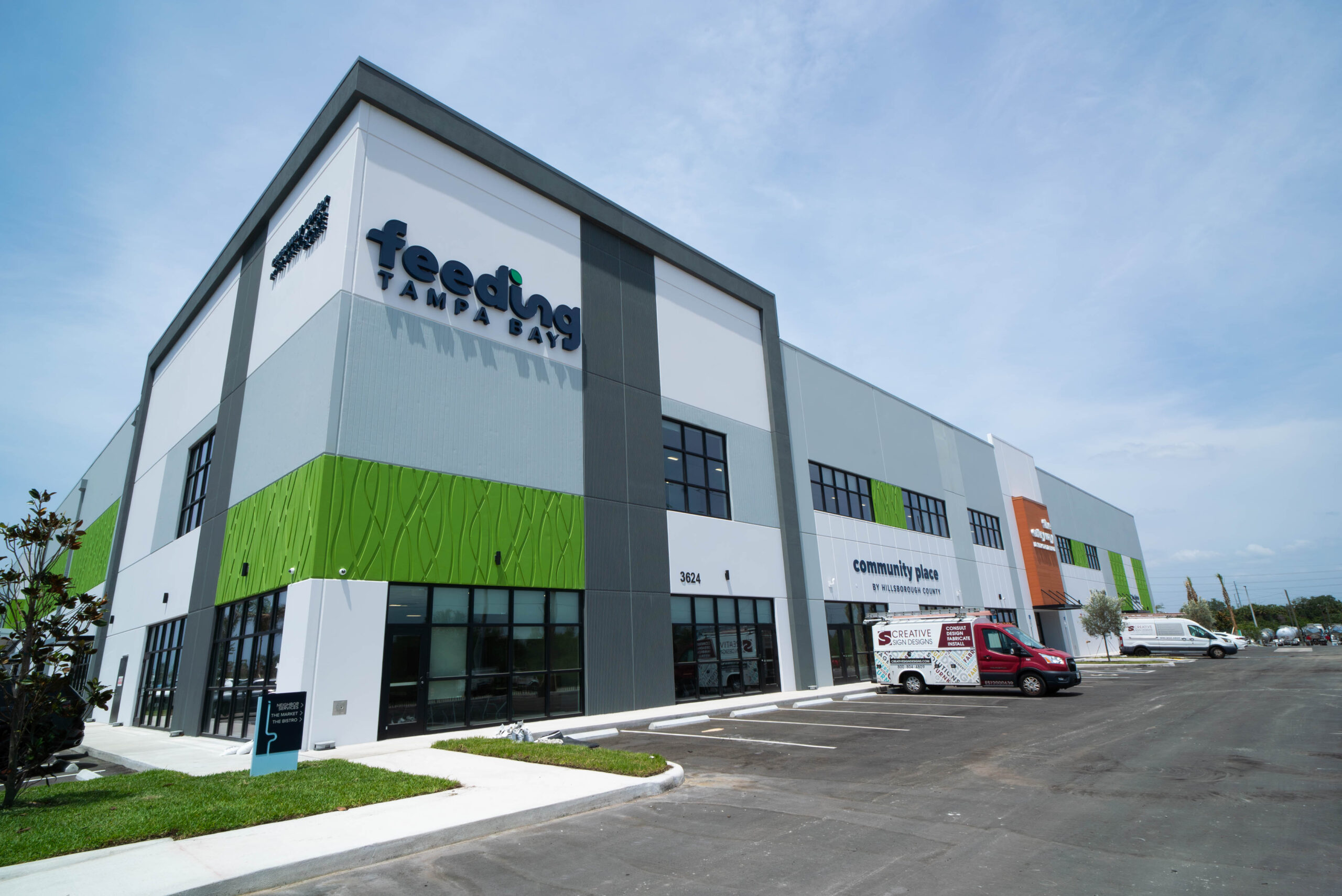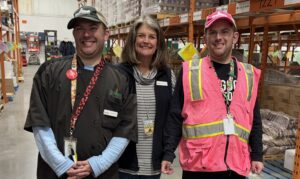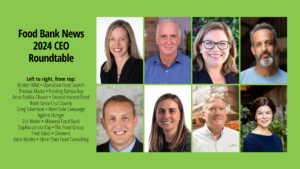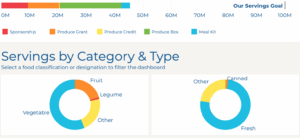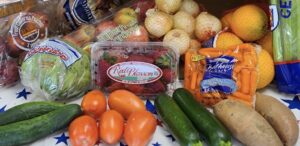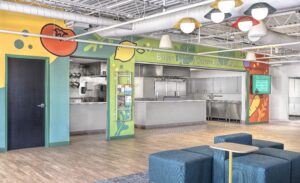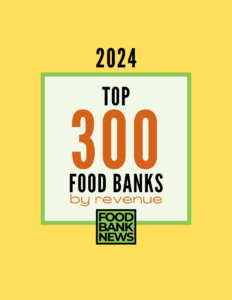Feeding Tampa Bay’s new $60 million facility has all the things a food bank needs to be able to meet increasing demand for food – like excess capacity in its dry warehouse, extra dock doors, and additional flooring around its cooler and freezer for possible expansion.
Despite all its preparations for growth, the food bank does not view distributing food as its sole strategy anymore. An equally and perhaps more important goal of the facility is to support an entirely new way of addressing food insecurity.
“We think the greatest growth area of our mission is the alongside services,” said Thomas Mantz, CEO of Feeding Tampa Bay.

Mantz is referring to wraparound social services besides food – like help with housing, health care and job training – aimed at helping people overcome their food insecurity for good. The food bank has enlisted about 20 community agencies to make the various services they offer more accessible to food-insecure people.
Some of the partners will be permanently housed at the new facility, while others will have a presence on a rotating basis. The idea is that when people come to shop at the facility’s new grocery-store style pantry, they’ll also be able to access the alongside services. “What we’re trying to do is create a model where all of it is successfully deployed together,” Mantz said.
The facility’s name, Causeway Center, reflects its expanded purpose. “We tried to create a community center in which a food bank is part of the overall profile,” Mantz explained. He added, “No one has ever come to our facility and said, ‘Hey, I’m food insecure.’ It really boiled down to the idea that we would simply ask someone who came to our facility, ‘How can we help you?’”
Feeding Tampa Bay is among a small but growing group of food banks that are reinventing traditional food banking by emphasizing services that go beyond providing food. Late last year, Greater Cleveland Food Bank opened a center that provides permanent space to about a dozen social service agencies alongside a modern grocery market. Oregon Food Bank is co-locating its new community food center between a federally qualified healthcare center and an affordable housing development.
Feeding Tampa Bay has long known that it would need to upgrade from its 80,000-square-foot rented warehouse. For at least the last five years, it has listened in earnest to clients, community members, partners, donors and other food banks to make sure its new facility would meet future needs. Mantz, along with his executive team, visited close to 30 food banks, at one point renting a van to drive himself, a colleague and five board members all over Texas. “Most everything in our new facility is an idea we got from someone else,” Mantz noted.
In addition to the space for community partners and the choice pantry, the 210,000-square-foot building includes classrooms and computer labs, a 300-person gathering center, room for volunteer engagement, and Trinity Bistro, an offshoot of the food bank’s Trinity Cafe concept. The bistro, offering hot meals and small bites, will have hours similar to an all-day restaurant and let patrons pay what they can.
Importantly, the building also includes an 11,000-square-foot production kitchen. The food bank learned from its grocery partner Publix that people, including those who are low-income, generally don’t prepare 50% of the foods they eat. “We’ve largely been in the grocery business, but much more of our future is going to be in the meal business because that’s what our neighbors are going to need,” Mantz noted.
Feeding Tampa Bay intentionally built the facility like a mall to accommodate extended hours. If its food services are closed, for example, people could still access community services or classes in the evenings or weekends through the outward-facing storefronts. “We envision a day when all of those neighbor services are much more oriented to the lives of our neighbors, not to the convenience of our network,” Mantz noted.
In another bid to increase convenience, the food bank has responded to client feedback by planning to let people make appointments to visit the bistro or the choice pantry. It already offers appointment-based shopping at its current choice pantry and it’s been well-received. “We’re trying to push out a different model that better values time,” Mantz said.
The new facility, which opened in late May, should put Feeding Tampa Bay a big step closer toward its ultimate goal of eliminating hunger. “We’re trying to spend 50 cents of every dollar on prevention and policy,” Mantz said, “so we can start to change the long-term circumstances and outcomes of our community.” – Chris Costanzo
Like what you’re reading?
Support Food Bank News
